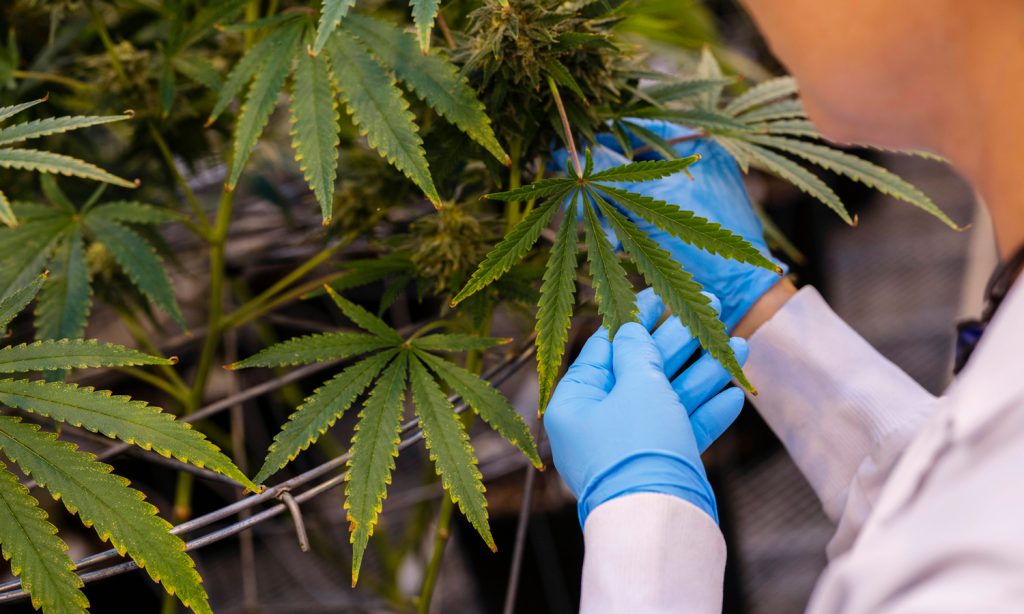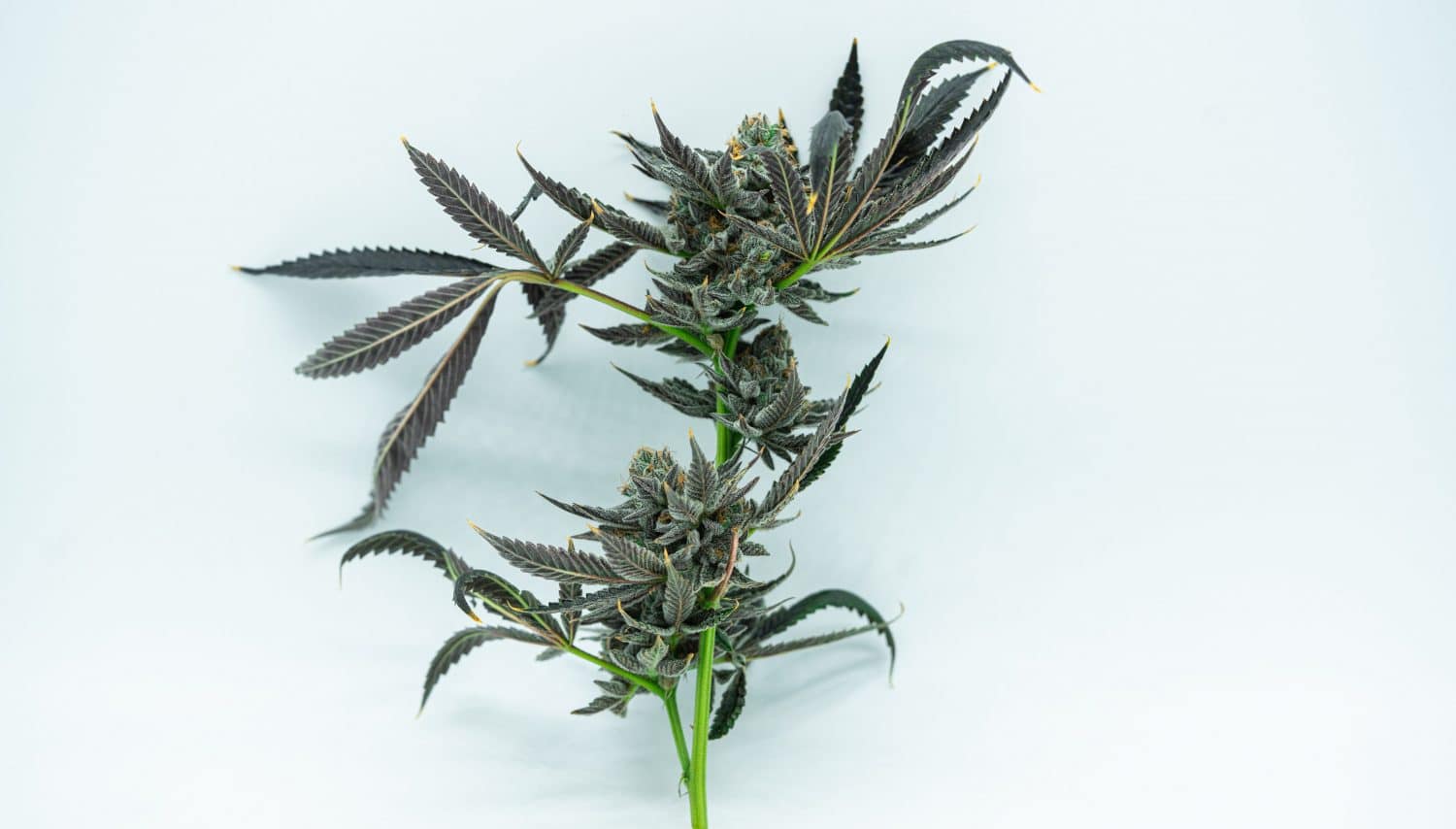It is important that USP guidelines address the quality controls for actual plant material as the starting point, besides the quality controls for the finished product.
Editors Note: This is the final story in a three-part series. If you missed it, here is part one and part two.
Pests and contaminates are a given in the cultivation of cannabis, and most standards developed to control these on other agricultural products don’t apply. This is why the U.S. Pharmacopeia has stepped in to provide analytical methods and risk-based limits for the industry to help protect public health, including looking at how cannabis is grown, not just at how it hits the shelves.
“Cannabis is susceptible to pest infestation whether grown indoors or outdoors, which means cultivators often turn to pesticides to ensure their harvest. However, pesticides can be quite dangerous if not used appropriately to make sure residue levels are not higher than they should be. This could be especially true if consumed by someone with a health condition who may be taking the plant for medicinal purposes” said Robin Marles, Ph.D., chair of the U.S. Pharmacopeia (USP) Botanical Dietary Supplements and Herbal Medicines Expert Committee.
USP has assembled an expert panel of clinicians, scientists and industry representatives from around the world to provide necessary information and guidance all laid out in the Journal of Natural Products, Cannabis Inflorescence for Medical Purposes: USP Considerations for Quality Attributes.
Recent cases in the U.S. and Canada of consumers being exposed to residues of pesticides unauthorized for use or used off-label on cannabis have resulted in recalls and increased public and regulatory concerns. In the U.S., crop-specific pesticide limits are established by the U.S. Environmental Protection Agency (EPA) for foods, but no approved pesticide or pesticide limits exist for cannabis. And levels of pesticides deemed appropriate to protect public health and safety for food products may not necessarily apply to cannabis, since cannabis is typically smoked or vaped.
Although U.S. state requirements may provide some guidance to control specific pesticide contaminants, additional pesticide residues that are not expressly permitted by these states may also be detected on cannabis due to environmental drift or persistence or through incidental contamination.
“Even if you do not apply pesticides, you might find pesticide contamination from neighboring agricultural fields through environmental drift,” said Nandu Sarma, Director, Dietary Supplements and Herbal Medicines at USP.

To date, Canada has the strictest requirements for pesticides among countries and U.S. states that regulate the use of cannabis. USP has pesticide standards for oral botanical drugs, but they are not exhaustive. Many of the pesticides used to control pests for cannabis such as powdery mildew, botrytis or spider mites are not listed in USP’s general chapter that describes pesticide levels for botanical dietary supplements.
RELATED: The USP Lays Out Guidelines For Medical Cannabis
Based on the multiple possibilities for contamination for pesticides, USP recommends a cautious approach, with maximum acceptable exposure limits for each pesticide that are 1,000 fold lower than the acceptable daily intake limits established by the Food and Agriculture Organization of the United Nation (FAO) and World Health Organization (WHO).
RELATED: What’s In A Name? Forget The Strain Name
“It is important that USP guidelines address the quality controls for actual plant material as the starting point, besides the quality controls for the finished product” said Ikhlas Khan, Ph.D., USP Cannabis Expert Panel chair.
This article originally appeared on Green Market Report and has been reposted with permission.


